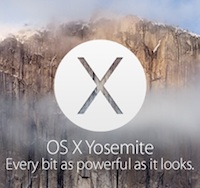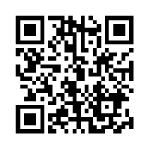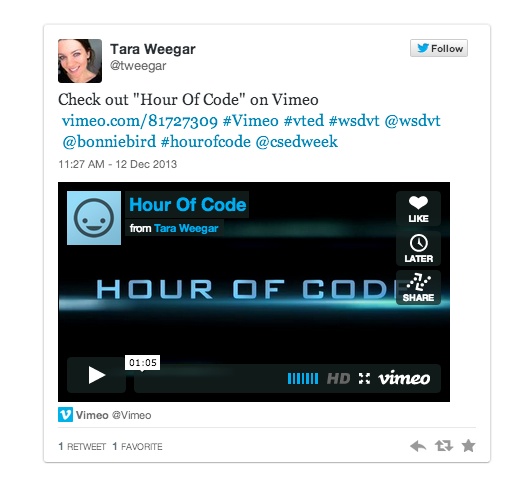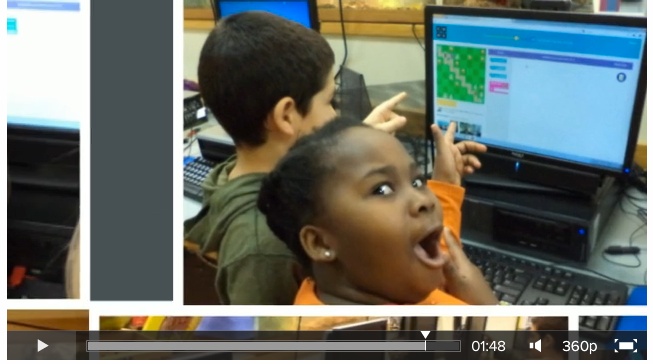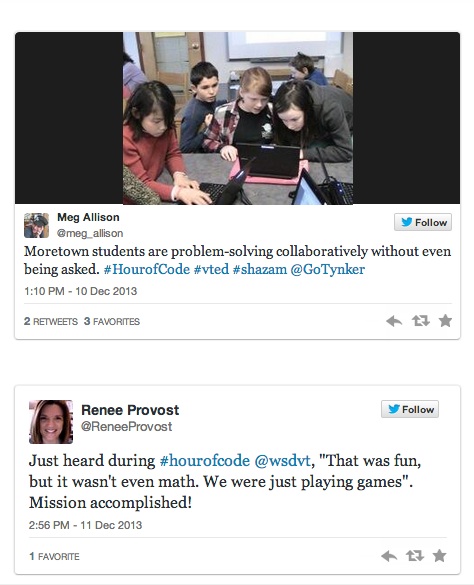The Good, the Bad, and the Bot
What does it look like when twitter bots work towards improving our world?
Bots have a rightly deserved rap for being used nefariously, but much less attention is paid to when they’re used in ways that enhance the world. And you may have students for whom the exercise of writing a bot can unleash their specific creativity and introduce them to the idea that writing code can be used to effect positive change.

Let’s take a look at four functions for twitter bots that can actually improve the world.
Wait, slow down. What’s a bot?
Great question. A bot is an account you create on twitter that tweets automatically. You can set it to tweet when:
- a specific set of conditions are met;
- or when the value of a variable changes;
- or to just tweet out a specific string of text at intervals.
Bots exist on other social media platforms, like Facebook, but today we’re going to be looking at the ones on twitter.
But aren’t bots a bad thing?
Like almost everything else online, they sure can be. A few years ago, social media platforms including twitter had much more relaxed rules about bots, which led to some people creating many bots that were designed to impersonate real people, with the aim of influencing political elections. There’s evidence this may be ongoing.
At 2 in the morning, hundreds of Ted Cruz supporters all woke up to issue the same exact statement on Twitter. Nothing suspicious about this. Nope. These are all just proud, patriotic American citizens, all deep in the heart of Texas. pic.twitter.com/Sp4qWELhT5
— Lamar White, Jr. (@LamarWhiteJr) September 13, 2018
But this form of coding — creating a small tool that can do repetitive action indefinitely or quickly parse large data sets — shows no sign of going away. It’s a coding exercise that shows no sign of wanting to return to Pandora’s Box, so it’s up to us squishy, breakable humans to figure out how to use it to make things better.
1. twitter bots performing radical self-care
One of the most pernicious aspects of social media is how it can be a massive time-suck. This can be good (waiting at the doctor’s office) and bad (um, any other time). Sometimes you just need a responsible bot to step in and remind you of the world outside your screen.
Meet @tinycarebot and @Yayfrens.
https://twitter.com/tinycarebot/status/1057002930707066880
https://twitter.com/yayfrens/status/1056717702251905029
The two bots have a very simple, paradoxical purpose: to make twitter a more human place.
Additionally, most of their tweets encourage the user to work towards a healthy online-offline balance; that’s right, they exist online to help users remember to get offline.
Self-care bots you and your students could build:
- A basic compliments bot;
- A specifically class- or school-based compliments bot.
But what about a twitter bot that fights bullying? You can build a bot that’s set to search for certain terms and take actions based on them. So, for example, a bot keyed to search for the term “meanie”, could simply respond to each instance with “Hey, that’s not okay. We’re all here trying to be nice.”
Can someone build this for us, like, yesterday? Tia, you beautiful people, you.
2. twitter bots supporting civic engagement
One of the things twitter bots are best at is monitoring a data set and taking action when it changes. How does this make them good at civic engagement?
Angelina Bethoney wrote the twitter bot @LawsMass, which monitors which legislation is currently being worked on in Massachusetts. She made the code open-source, and encourages other people to write legislative bots for their own states. A good and easy way to keep paying attention to what’s going on in government.
Vermont does not currently have an Open States twitter bot. Hint, hint.
Another type of civic engagement bot is the popular “_edits” bot. Popularized by @NYPDedits and @congressedits, these bots simply make note of when the encyclopedic powerhouse wikipedia is edited. And by whom. As wikipedia continues to allow anonymous edits, bots like these that track edits to a range of IP addresses (such as those assigned to the NYPD, or Congress) provide valuable information.
What kinds of civic engagement bots could your students create?
- How about partnering with your local school board in creating a bot that tweets out meeting agendas, guests and changes?
3. twitter bots creating art
Even though everything’s terrible, it’s still okay to make tiny, beautiful things. Maybe even because everything’s terrible. And you can make twitter bots that create and share tiny arts.
Meet the @BowieLyricsBot, and @grow_slow.
@BowieLyricsBot does what it says on the tin: shares a lyric from a random David Bowie song at one-hour intervals.
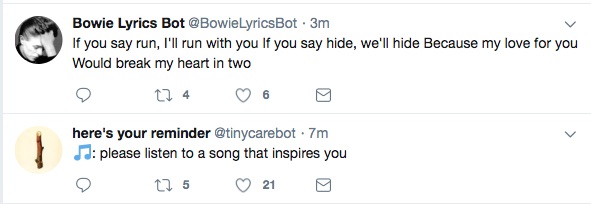
(Synchronicity: when two bot tweets appearing together in the timeline add up to a larger whole. Now all we need is a Police lyrics bot.)
@grow_slow, on the other hand, shares a daily photo of one plant, growing slowly.
https://twitter.com/grow_slow/status/1056912816991596544
@MuseumBot is a bot that tweets a photo of one item from the Metropolitan Museum of Art’s collection each day, along with accompanying details.
Evening headdress https://t.co/q0njsCQz7o pic.twitter.com/BxEnY0IUGf
— Museum Bot (@MuseumBot) July 31, 2017
They’re small, powerful acts of tiny art that interrupt the unending flow of misery current news cycle on a user’s feed with the reminder that things can still be beautiful.
What kind of tiny art could your students share with the world?
- A photo of a classroom bulletin board each morning;
- A collection of student art that’s added to at regular intervals;
- A photo of a random place around the school paired with a motivational quote.
- In partnership with a local museum or historical society, artifacts from their collections.
Bots like these are relatively simple: they pull one piece of data from a larger data set and send it out into the world at regular intervals. The biggest challenge with these will be with assembling a data set in a uniform format to pull from.
4. twitter bots monitoring remotely
Need to know when a specific condition changes? Think of a door being opened, then closed. A light turning on and off. A cat going in and out. Wait, wha–
Pépito is back home (18:53:13) pic.twitter.com/rbGdKnJjbr
— Pépito (@PepitoTheCat) October 29, 2018
@PepitoTheCat is a bot whose sole purpose is to record when Pépito, who is a cat, goes out at night, and when he comes back home. That’s it. It’s brilliantly simple and powerful. It performs two valuable operations. One, it records data based on these conditional events. And two, it’s creating a new record with all this data that can be examined later.
Think about how your students could implement something like this as part of a science experiment:
- How often does the temperature drop below a given value in the turtle tank?
- How often does the heat lamp turn on or off in the chicken coop?
- Overnight, how fast does water evaporate?
- How much snow did we get today?
These are super fun. They work by connecting with tiny science-y (yes it’s a word) sensors and recording data from them. So, in Pépito’s case, there’s a sensor on the door flap that registers every time the door is opened. This, in turn, triggers a camera to take a photo. The photo is then tweeted out with its timestamp.
Folks who are looking for next stage arduino projects, projects that actually do something? Right over here.
But remember, these type of bots are also collecting data while they tweet. They’re doing the work of building a data set for your students to later analyze. Remember @grow_slow?
My little bot @grow_slow has been taking a photo of my fiddle-leaf fig plant every morning at 10:17 am for over two years. I finally put all the photos together, so here's what 2 years of growth and movement look like!!! pic.twitter.com/58q4RvAMGg
— Nicole He (@nicolehe) June 17, 2018
Wait, this is starting to sound complicated.
A twitter bot like Pépito’s certainly needs some additional parts and a little more thought than one that simply cranks out quotes from your favorite Agatha Christie novels.
What kind of bot could your students create? What problems do they want to use it to solve?
https://twitter.com/yayfrens/status/1056763000294686721


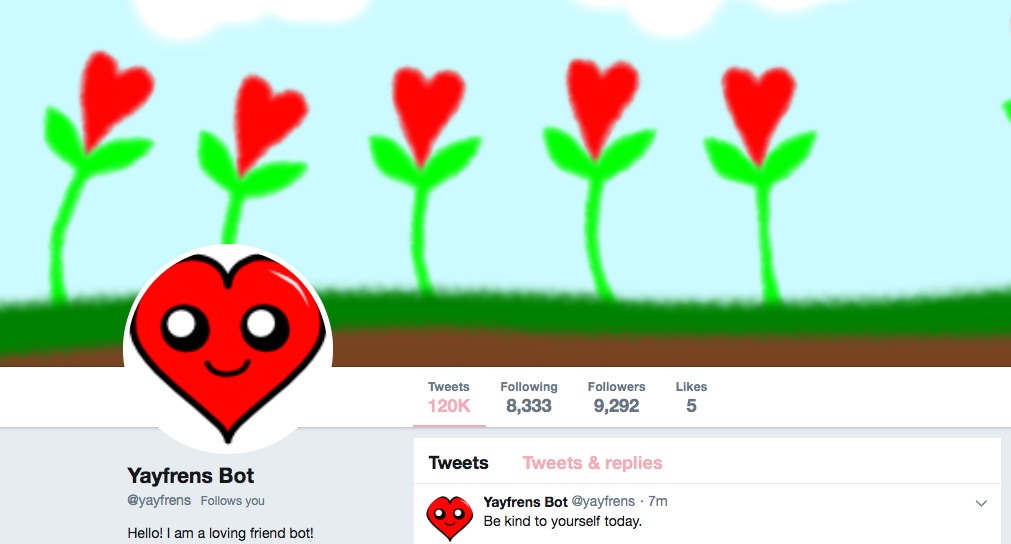
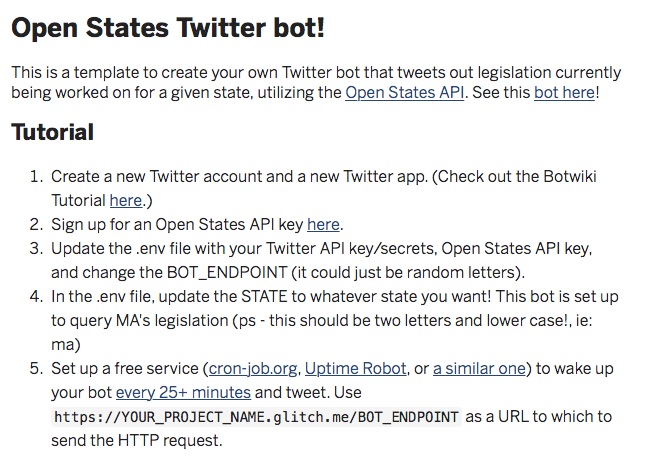

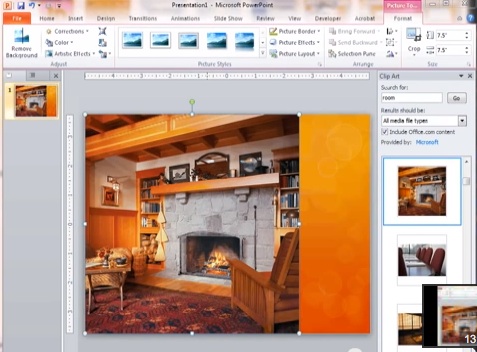
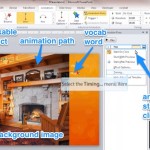 Last time we looked at
Last time we looked at 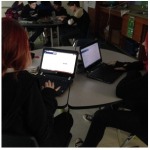 A huge congratulations to everyone — students, teachers and families — who participated in this year’s #HourofCode! The students from the Edge team at Essex Middle School were kind enough to share their reactions to trying coding, and a little bit about what they worked on.
A huge congratulations to everyone — students, teachers and families — who participated in this year’s #HourofCode! The students from the Edge team at Essex Middle School were kind enough to share their reactions to trying coding, and a little bit about what they worked on.